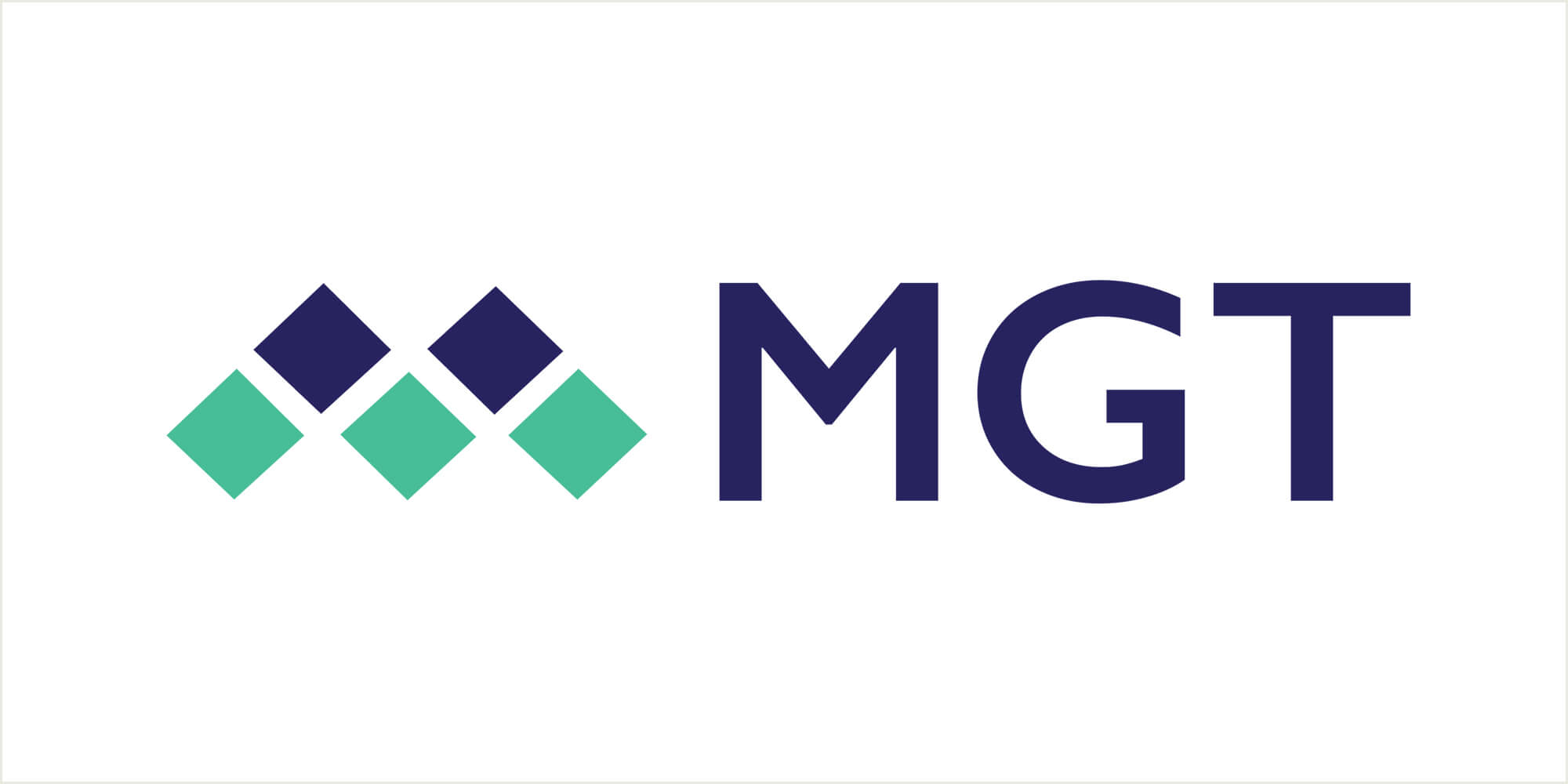Most educators and policymakers know that data-driven decisions are key to supporting underserved students, but many have insufficient resources to gather and analyze data sets themselves. This puts education decision-makers, and the students they serve, at a disadvantage.
That’s exactly why Kitamba (an MGT Education business) created Bento, a free education data visualization tool. Of course, for Bento to help our target audience, we first had to make them aware of how Bento can help. As we worked over the last two years to get Bento into the hands of the people who can use it, we learned a few lessons on how best to reach our target users and what aspects they have found most useful.
Lesson #1: The volume of data in a tool can be overwhelming to new users. Bento makes it manageable.
Before launching Bento, we talked to our pilot users and gathered real life use cases, which we then shared with potential users. For example, our interviews revealed that state education agency (SEA) staff were interested in reviewing teachers’ professional development experiences to inform upcoming trainings.

We also learned that many of our education non-profit users are interested in examining instructional material use by teachers in their state and across the country to measure the impact of initiatives encouraging the use of high-quality materials. For example, RAND’s American Instructional Resources Surveys (AIRS) have been an invaluable resource for many users.
Kitamba developers recently expanded Bento’s capabilities to allow users to see their own data on Bento, since the data most relevant to their work is often data their organization is collecting. The team introduced a new service that allows users to visualize their own survey data in Bento for a small fee. This allows users to view their own data in easy-to-understand visualizations and benchmark their data against RAND’s nationally representative teacher and principal surveys (free to all users).
Lesson #2: Education leaders trust others in the industry’s recommendations.
We found that a helpful way to spread the word about Bento within an organization was to identify a contact at the organization, provide them with a live Bento demo, and follow up with resources for them to share the tool with colleagues. Once that first person at the organization understands Bento’s value and how to apply it to make their work easier/more effective, they can help pass that understanding along to their colleagues.
Lesson #3: Make it a priority to invite the data’s subject populations to use and benefit from the data.
Bento includes survey data from teachers and principals across the country. Too often, these teachers, principals, and the students they support are left out of conversations about research that is conducted about them. Kitamba firmly believes in a “nothing about us without us” approach that involves target populations in every step of data planning, gathering, analysis, and use. This approach results in a more equitable and effective research process, as studied communities hold crucial knowledge that may be lost by researchers.
As we publicized Bento, we made sure to include Bento’s data with survey respondents and students, teachers, and principals as a general “best practice.” We enlisted targeted training programs for students and leveraged the trusted network of our educator participants as two inclusive approaches.
For Students: As a part of the Bento project, Kitamba created the Diversity in Data Analytics and Leadership Program, a cohort-based training initiative on data analysis, strategy, and leadership for undergraduates of all backgrounds, with an emphasis on those that have been traditionally underrepresented in data-related fields. Participants were trained on how to use Bento to explore, analyze, and make recommendations based on high-quality education data. We learned that for students with limited data experience, a structured training program using Bento was a helpful gateway into data analysis. Students were able to use Bento to examine data relevant to them and/or their peers, such as educators’ perspectives on the supports available to students with disabilities and the extent to which social and emotional learning initiatives are implemented in their schools.
For Teachers and Principals: We found that the most effective strategy for reaching teachers and principals (in particular those who possibly responded to the surveys in Bento) was also leveraging a trusted network. We piloted including a link to Bento in RAND’s American Educator Panel (AEP) “Welcome Back” email, which is sent to all teachers and principals who are invited to participate in AEP surveys, the results of which are also on Bento. RAND’s communication resulted in a spike in teacher and principal accounts on Bento. This reiterated both the value of a trusted network and the importance of engaging those whose experience is directly reflected in the data.
Learn More
We also hope that these lessons will be useful for others who are creating and sharing education data tools. If you are interested in learning more or have any questions, reach out to Bento@kitamba.com.










